Yannick, thanks for giving an interview to the Metalhead magazine! Please describe in few words your style, vision – just how you define it for you.
If I had to describe my approach of photography, I would say it is mostly about people. As my favorite form of photography is portraits, people are essential in my practice… I have a particular preference for long term projects, in which I can investigate specific social realities and tell the story of the people I meet.
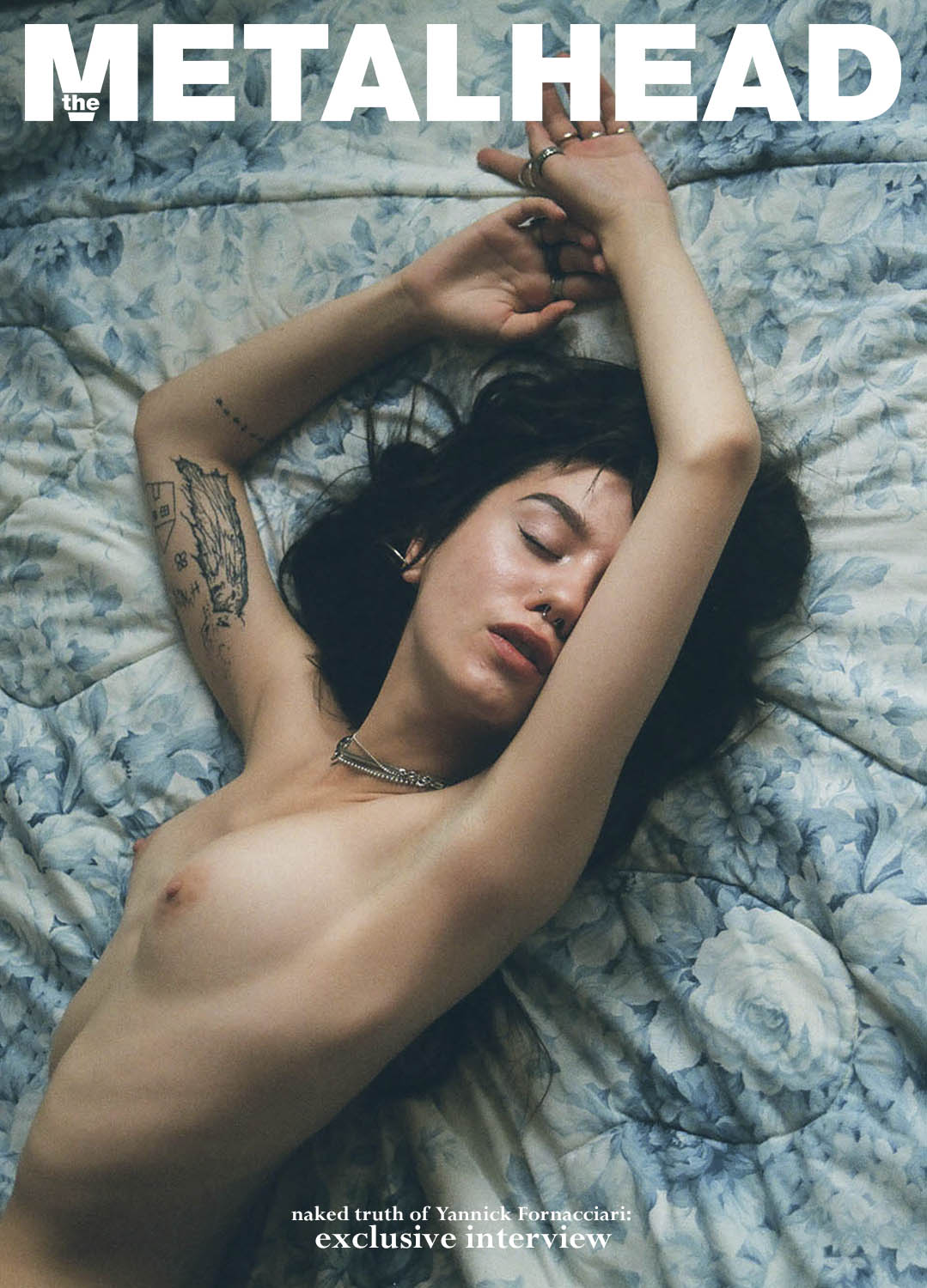
Can you tell us a bit about how you became a photographer? Did you come from creative background? Do you remember your first shoot? What age did you start to make your first shoots?
I was born in the late eighties, in south France. My family didn’t have much money, and my parents never finished school. I’ve been raised with a lot of love and sensitivity. I was drawing a lot, reading too. I was an introvert, and I think creativity has always been there, taking different ways to express itself. Around 15, my grandfather gave me my first camera, an analog Mamiya Quartz. I started shooting and never stopped until today.
Which role does the location, clothing/accesoires play in your photography?
I have a minimalist approach when it comes to styling, accessories etc. I actually prefer people naked than over styled, really! It’s just that I don’t consider myself a fashion photographer, or maybe I’m less interested in that part. I’m looking for some truth in my portraits. A naked truth. Something that connects us all I guess. Locations are fun to work with actually. I love to experiment with that. But most of the time, my sets are very simple: a backdrop, like a drape or curtains and a window. I only work with natural light for portraits.
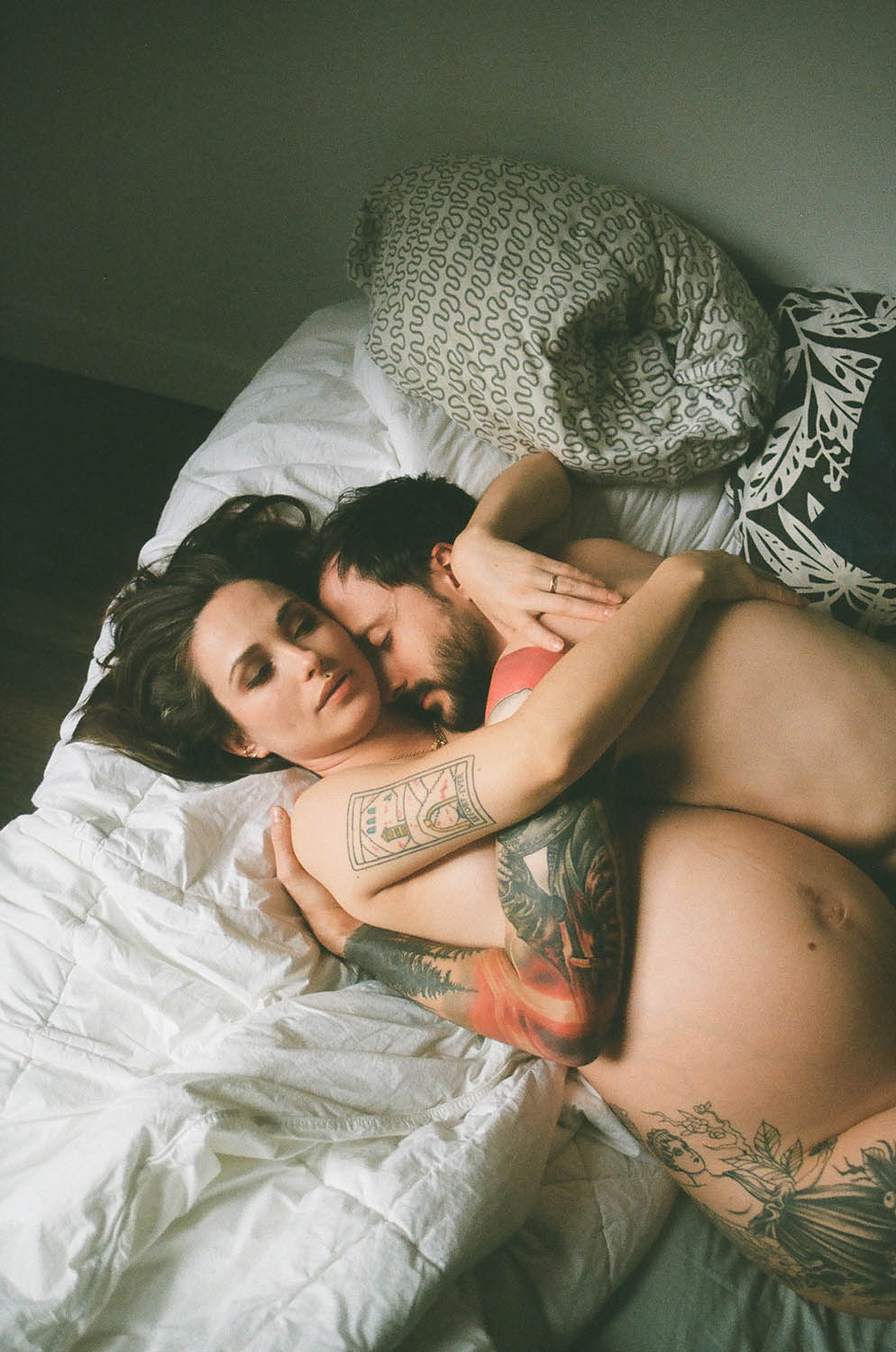
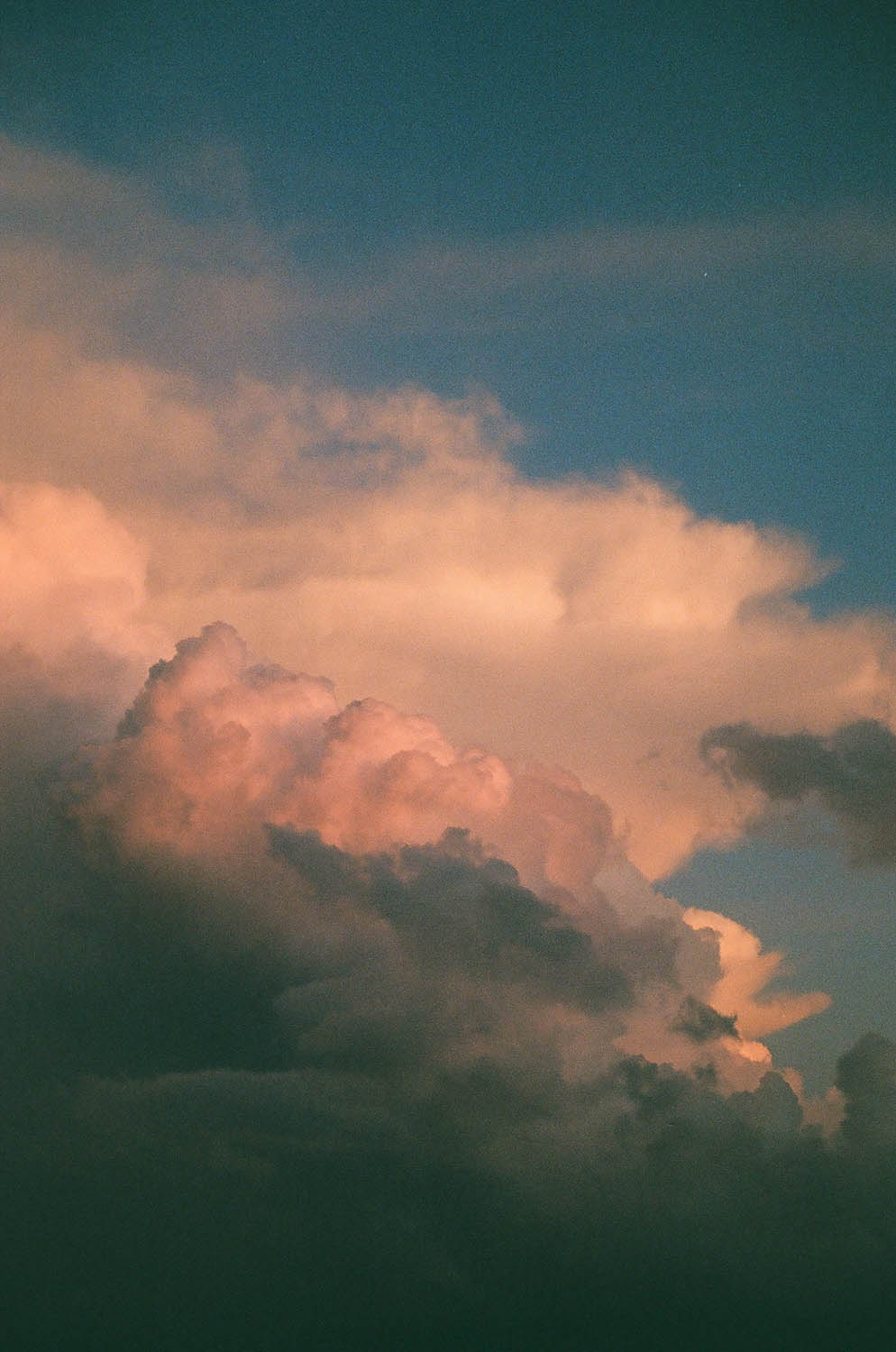
Who are your models? Where do you find them?
Well there are the photos I take on a daily basis.The portraits and self-portraits I do in my personal life. And there is the work I do with my models.
I mostly find models through social media, dating apps or in real life. If i feel like something could be interesting I just ask them if they are down to try. I particularly like to work with non-professional models, because their bodies don’t lie, you know? Pro models, they know their angles, they know what’s beautiful about them. It’s a bit lazy.
I think I chose portraits because I like humans. I love them as much as they amuse me, intrigue me or even disgust me sometimes. But I feel like it’s the most exciting and rewarding way to work as a photographer. My aim is ideally to depict a social problem through one individual. I like that doing a portrait is not as simple as it may seem. For me, taking someone’s portrait is an attempt to reveal something intimate, something invisible. And that’s why photography and psychology are so close in my mind. Like therapy, a good portrait is the result of relationship, a short term alliance between the model and the photographer. Like therapy, I try to reveal what’s unique about the model.
What stories does your photography tell?
Photography is the way I found, as a teen, to depict the world as I see it. When I first started to shoot,it was of course a bit hazardous, i was taking photos of everything: plants, animals, family, friends.. And what struck me I remember, was that the result was not a copy of what I did shoot, but a subjective version of it. Someone told me later that I had a „good eye“, and I understood that it was that. What I was looking for I think is a way to express my sensitivity through images. By capturing the objective reality that surrounded me, I was telling something personal about it, but most of all about me.
I think I still use photography like that. Moreover in personal and autobiographical projects like Heroin Days for exemple. But with the time, I started to get interested in documentaries and see a possible link between my practice as a clinical psychologist and portrait photography. I wanted to tell stories that would enlight personal and social realities.
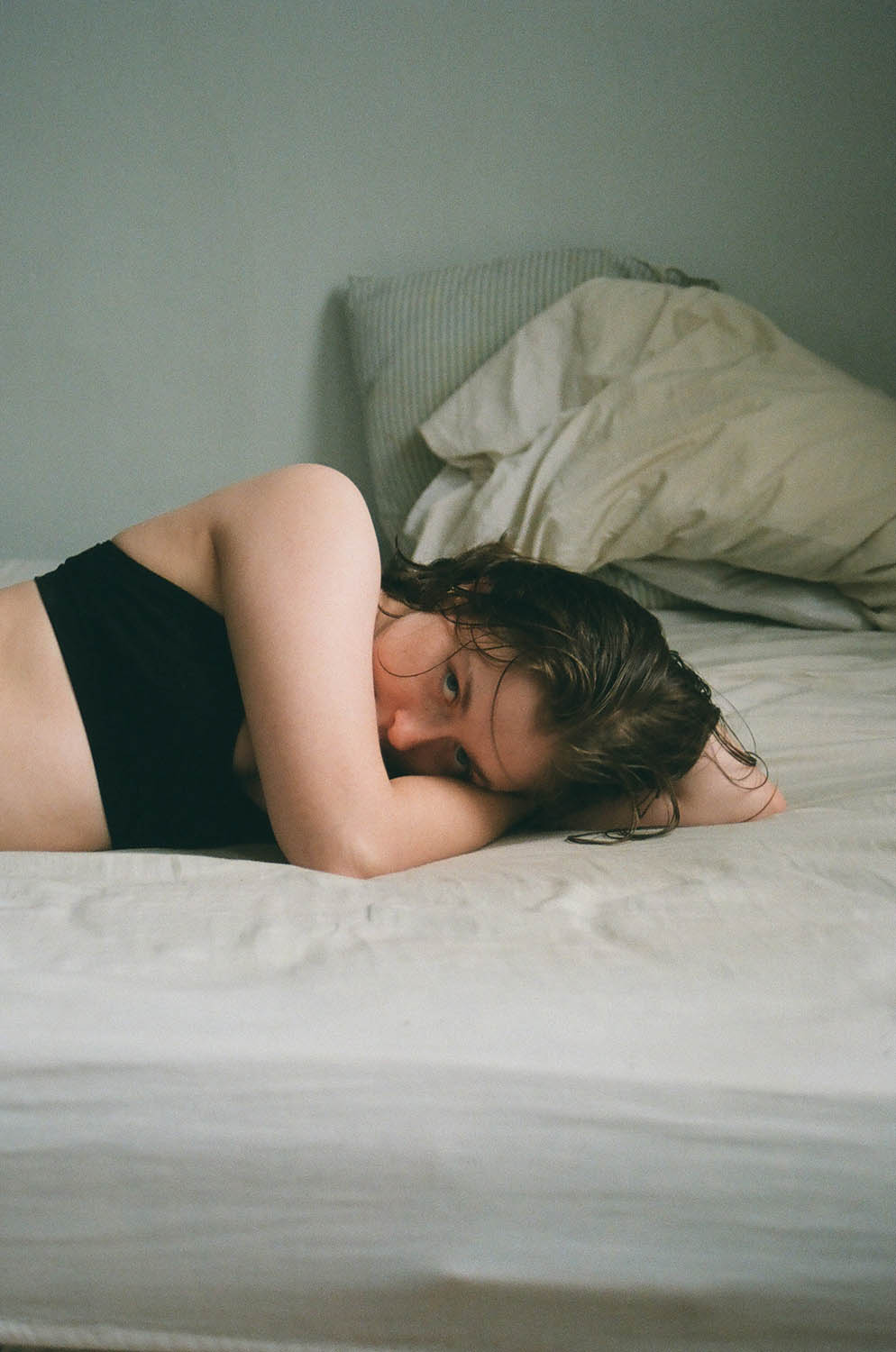
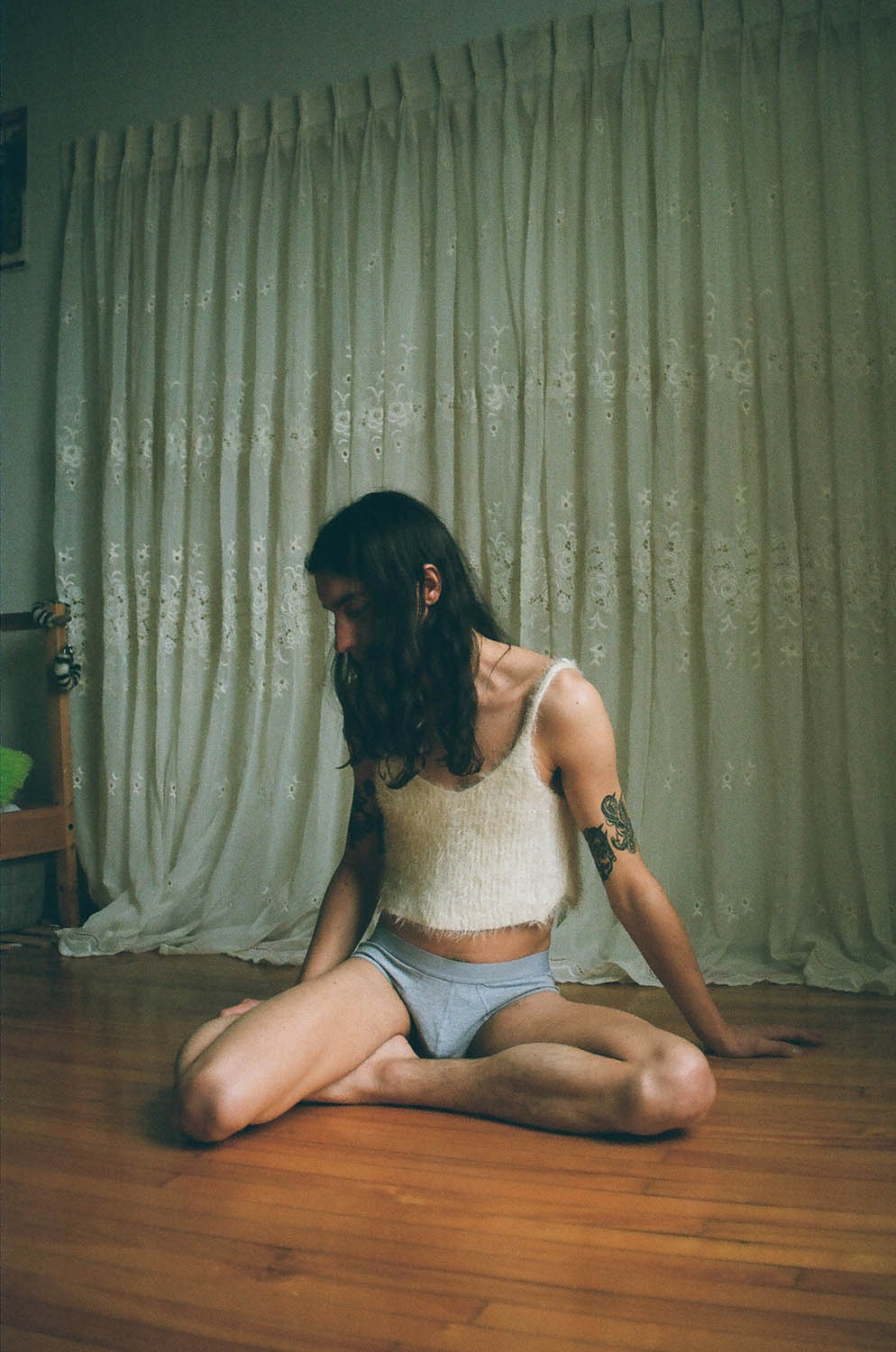
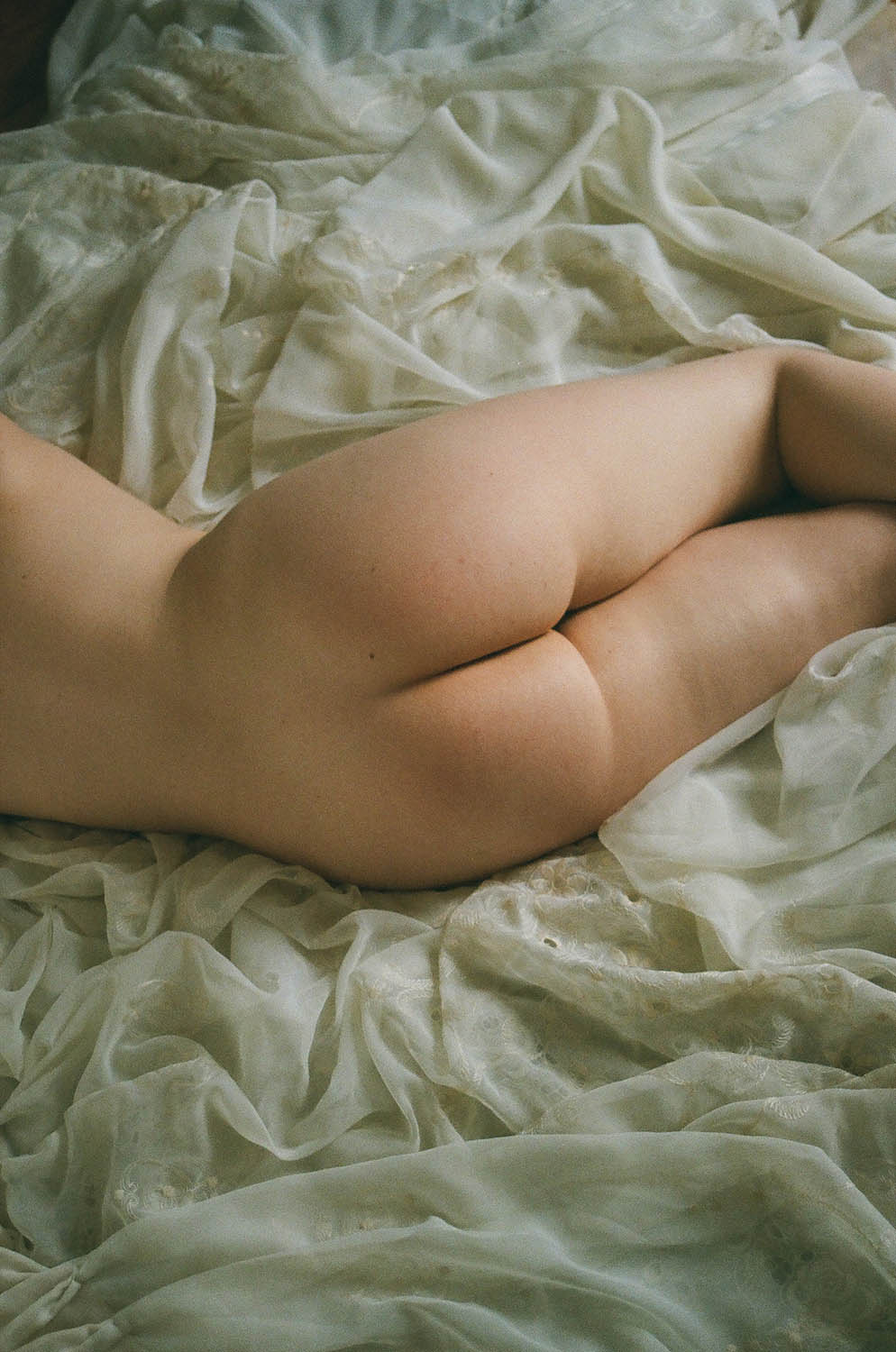
Did it take long for you as a photographer to find your own style?
I always knew my work would focus on people, portraiture and analog photography. That was clear to me.
I struggled to find what was „my statement“ for some years. What my photos were about. It’s a tricky question for a young artist in general I guess. But I finally figured out my main angle was intimacy.
Visually speaking my work evolved with time of course…I was strictly shooting black and white for along time when I started. I wanted to follow the steps of photographers I admired, like Herve Guibert, Larry Clark, Helmut Newton, Avedon etc.. I thought it also was a „contre-pied“ to the very clean colored digital photography that was trendy then.
I think analog black & white is a good training to start with. Because you focus only on light. And knowing how to use natural light is an essential to be a good photographer. It’s almost like a new sense you develop. You see things according to the way they are enlightened. So when I felt comfortable enough with that, I tried color.. And never abandoned it since.
We know that you’ve created your own photobook „Heroin days“. What kind of experience was it for you?
What does it mean to you?
I’m very proud of it! It was a very rough period in my life, and I’m still struggling for sobriety today… But doing Heroin Days has been extremely helpful in the healing process. It was tough at the beginning because all of those photos are very real and personal. All of those shots were not supposed to be published actually. It was self portraits and photos of my ex and friends. My daily life, in which addiction took a lot of place. I chose to make a book out of it when I started my recovery, and realized the potential a project like that could have. It was tough at first to see it hanging at the exhibition, talk about it as an art photo, talk about composition, light, when it’s actually a piece of life. A pretty dark one. I did so many interviews so that now I feel comfortable talking about it, a bit like it’s not about me anymore… I worked on my communication skills and try to talk about the social aspect more than the personal one. But I still have a lot of people contacting me for advices or to share their situation, and in this case I am more focused on sharing the personal aspect of this experience.


From „Heroin Days“ book
Do you prefer to work in an intimate atmosphere, only your model and you or also like to have a team?
Most of the time it’s just me and the model.
I did work with a team for my „Strong(her)“ project, which was a series about women bodybuilders, because I wanted a sort of 80s influence for hair and make-up styling. It was new to me! I’ve worked on fashion editorials before but I never had the opportunity to have a team working on one of my projects, and it was cool!
Are your models always open for your ideas?
I think models know what they sign for when they accept to work with me. And for me its quite important because i don’t want to retreat on my vision for anyone’s sensitivity… it can seem harsh but I think as an artist you have to affirm your vision and trust it. Even though I work with individuals and try to reveal what’s unique about them, they need to trust my vision to achieve something together. They need to trust me most of all. I particularly like to work with non-professional models,because their body don’t lie you know?
Yannick, your works are very sincere. How do you achieve this?
Well, I think that’s something I worked hard to achieve! It’s actually hard to create that visual intimacy with people I just met haha. I think that my choice to work with non professional models is something important: because they don’t know how to behave. Models have the tricks. They know their angles, they play a sort of „character“, it’s like acting in some ways. But even if it’s easier, it’s less sincere.
For my autobiographical works… I don’t know how I achieved this. I use photography as a way to catch moments. To keep it alive in some ways. Most of the photos I used for Heroin Days were not supposed to be published or shown. They were very personal images, so I guess sincerity comes along with that…
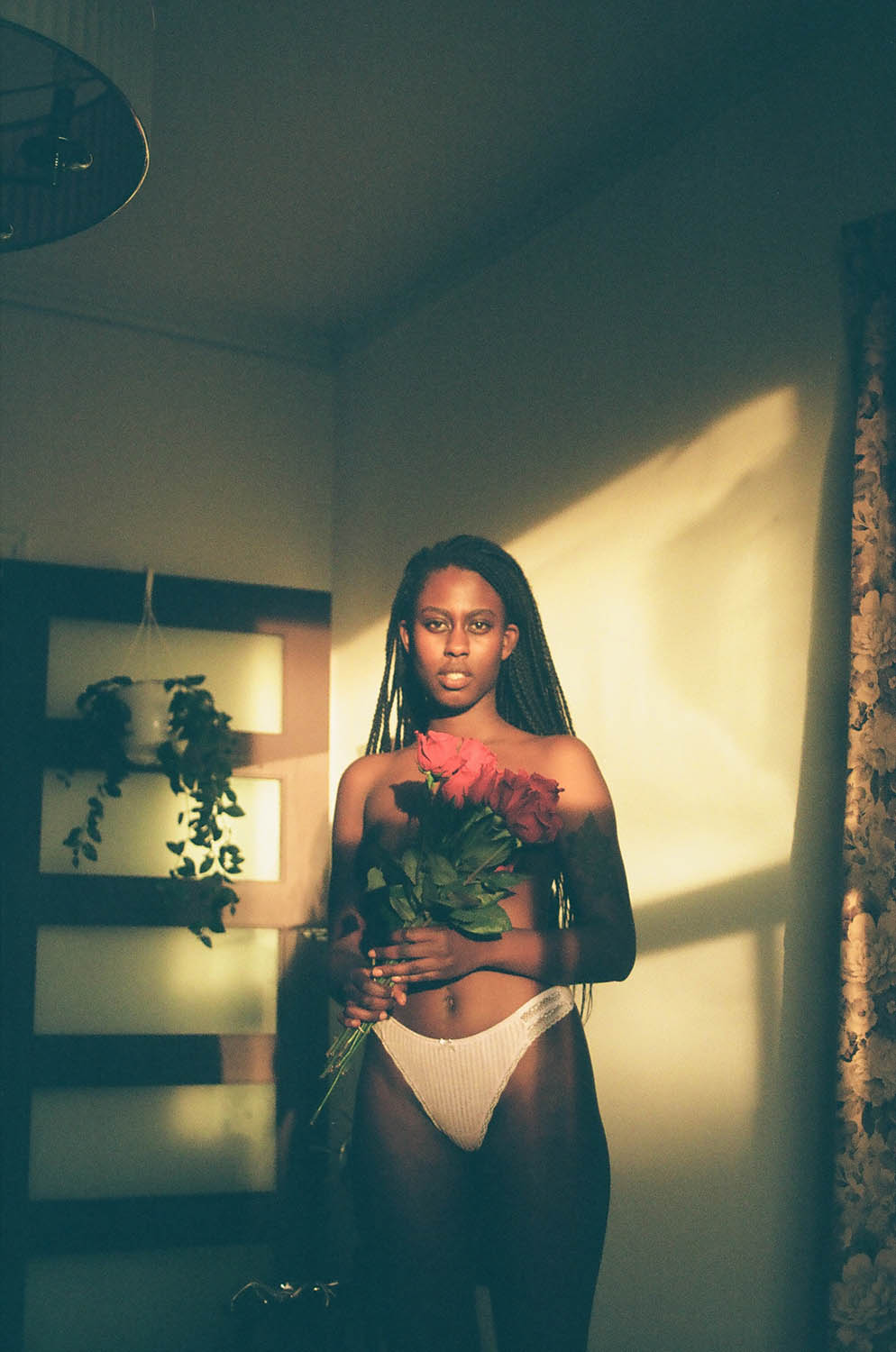
How do you get inspired? Who are your favourite creators, in photography or art, literature or cinema?
I’m generally inspired by social issues and human rights. I’m interested in showing social realities through individual portraits. I think it’sa very good way to raise empathy and identification of the public… And a good way to show that every social justice issue touches individuals at a very personal level.
In general, my main inspiration would be Larry Clark and his „tulsa“ book, Nan Goldin, Hervé Guibert, Helmut Newton, Richard Avedon, Martin Parr. These are the photographers I got inspiration from to start photography. More recently I discovered more contemporary artists I really like: Michal Chelbin, Sam Gregg, Vincent Gouriou…
Cinema as well was an inspiration. Social and raw movies like Breaking the waves (Lars vonTrier) or Rosetta (Freres Dardenne), american independent cinema too (Tarnation, Gummo for ex). Visually striking movies where photography plays a predominant role. I love so many other things, but I’d say these are what inspired me as a visual artist.
Why did you choose analog photography? Do you make some post production/retouch on the pics?
I don’t do post production no. I think it is unnecessary most of the time. If a photo is bad, no matter how much I retouch it it will stay bad in my head. Maybe it would be good to make good photos even better but I don’t even know how Photoshop works so…
I chose analog because that’s what I learned first. My grandfather gave me my first camera. I don’t know… I never reached the level of analog with a digital camera. I think retouching is necessary for digital for ex. to achieve your personal style. But analog is so fantastic.
It has to do with tradition too. I want the art of photography to stay alive. Shooting film is part of that tradition. I also like the fact that I have to be careful and not waste film… So I have to think every pose carefully. I can take 5 minutes between each shot, to be sure the photo will be good. It’s quantity AND quality, all the time. I want every photo of the roll to be very good.
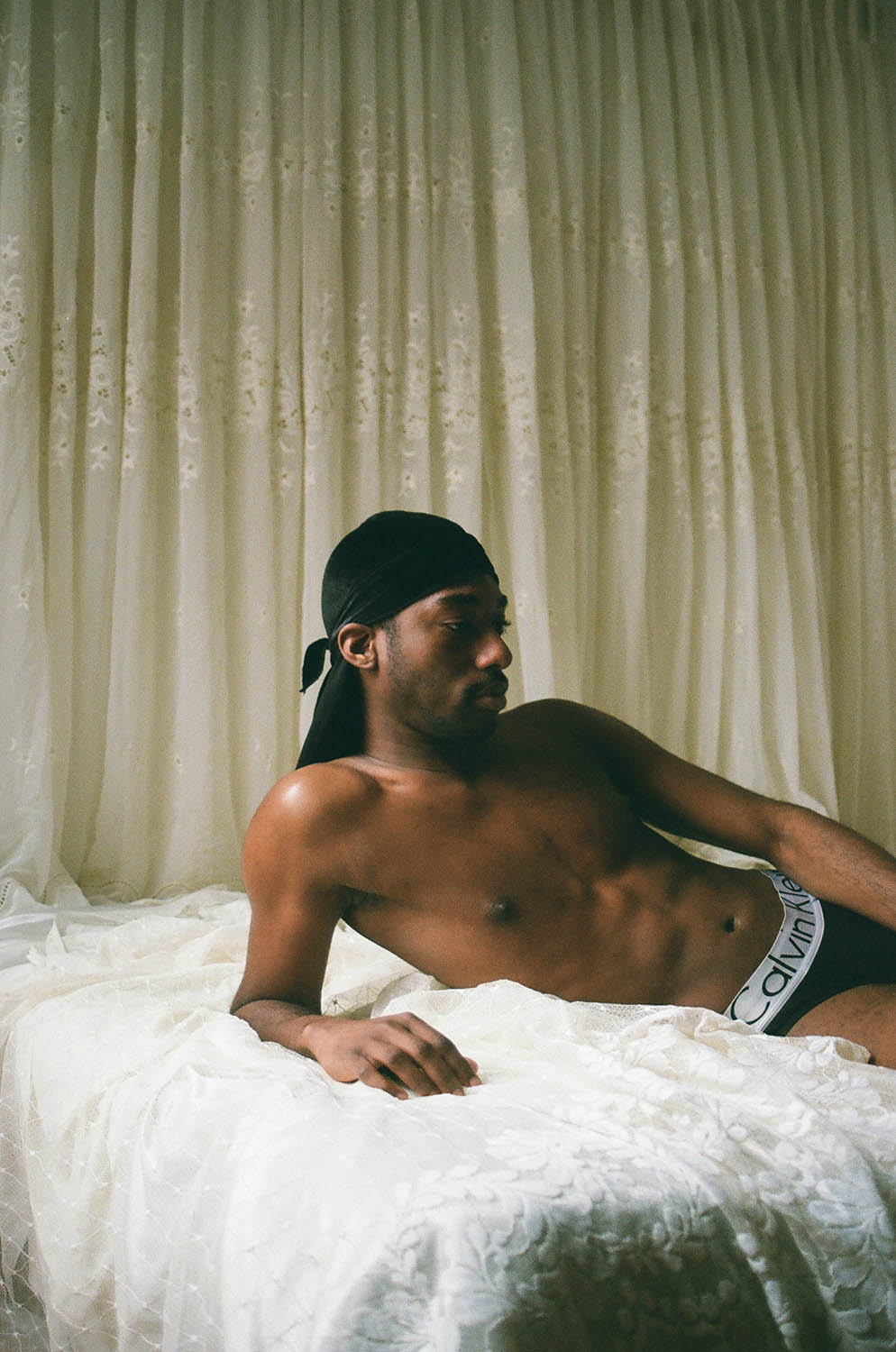
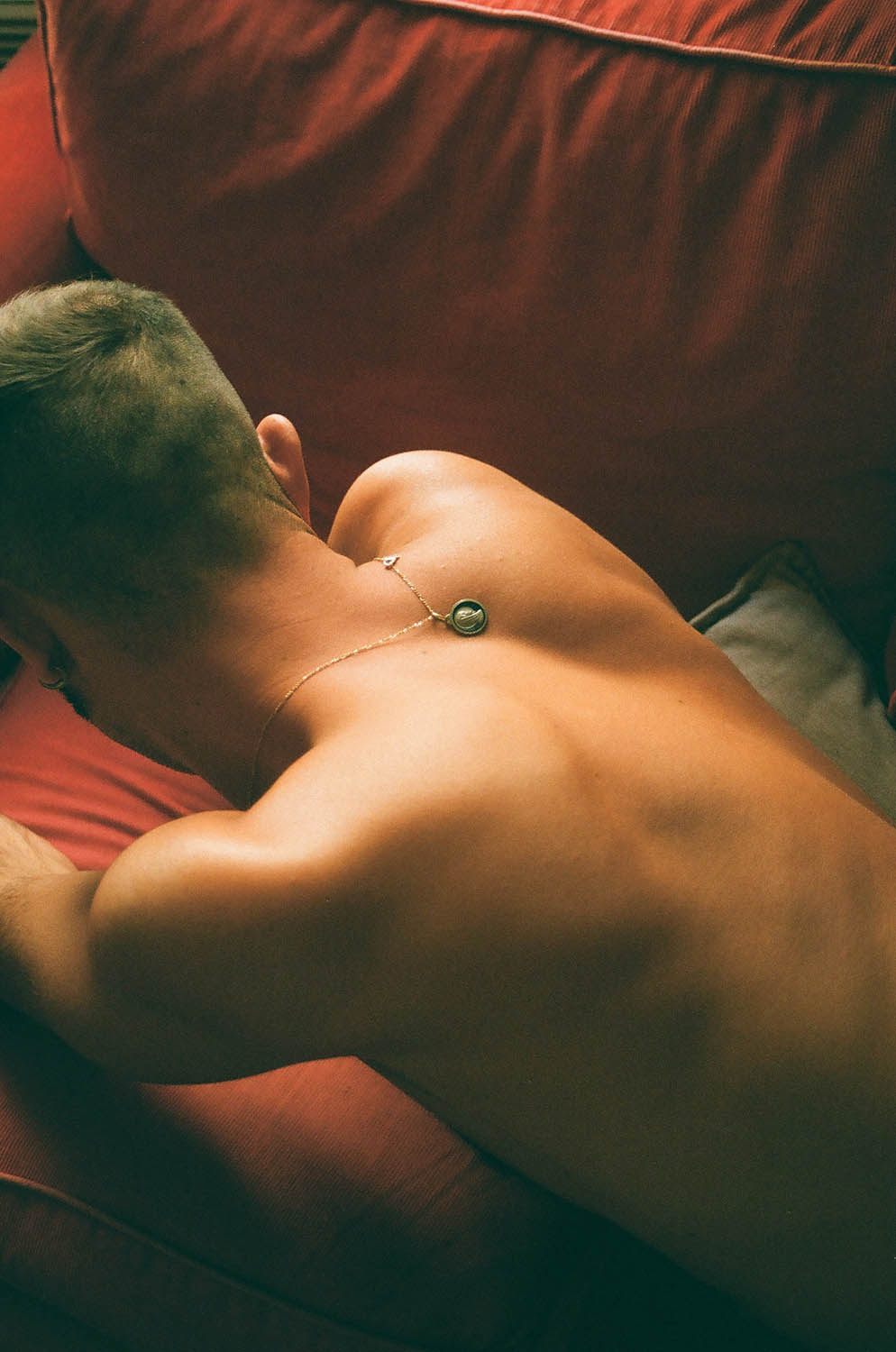
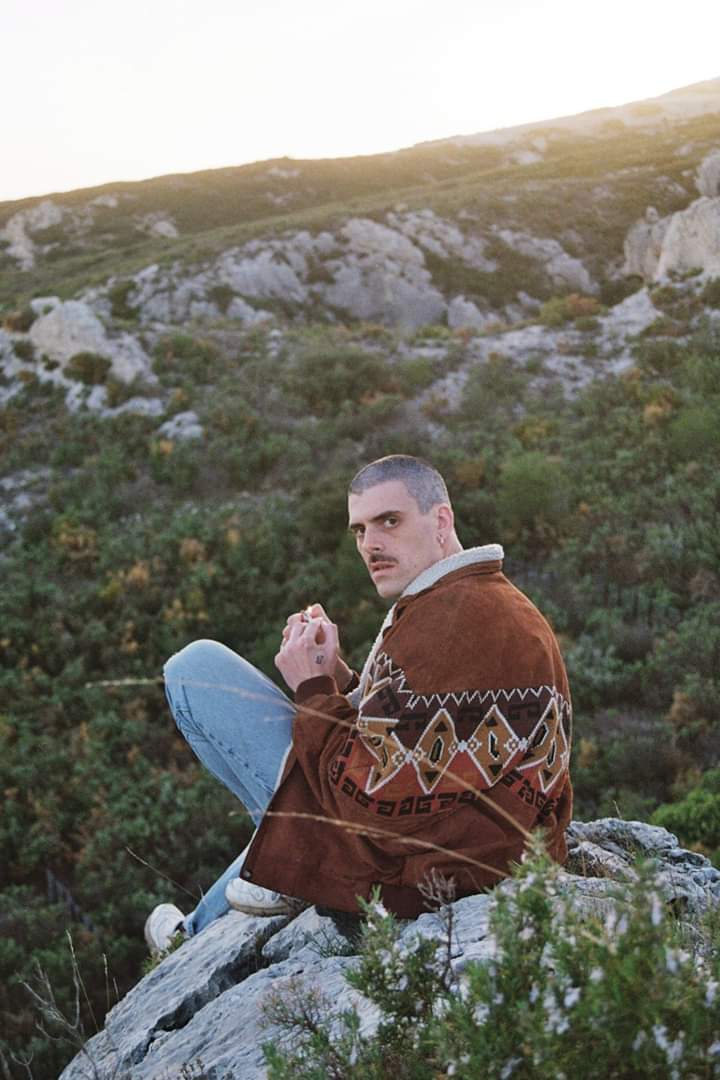
Your top-3: books, movies, photographers?
BOOKS:
- Putain – Nelly Arcan
- Life & death: Unapologetic writings on the continuing war against women – Andrea Dworkin
- 4.48 Psychosis – Sarah Kane
MOVIES:
- Julien-Donkey-Boy – Harmony Korine
- Welcome to the dollhouse – Todd Sollondz
- Sitcom – Francois Ozon
Do you have some photographer’s dream? About some special project, story or person to collaborate with?
I’d like to travel for a big documentary project.Trave l and shoot. By myself maybe? I’d like to talk about the people I’ll meet on my way. I have a lot of project ideas in mind!
